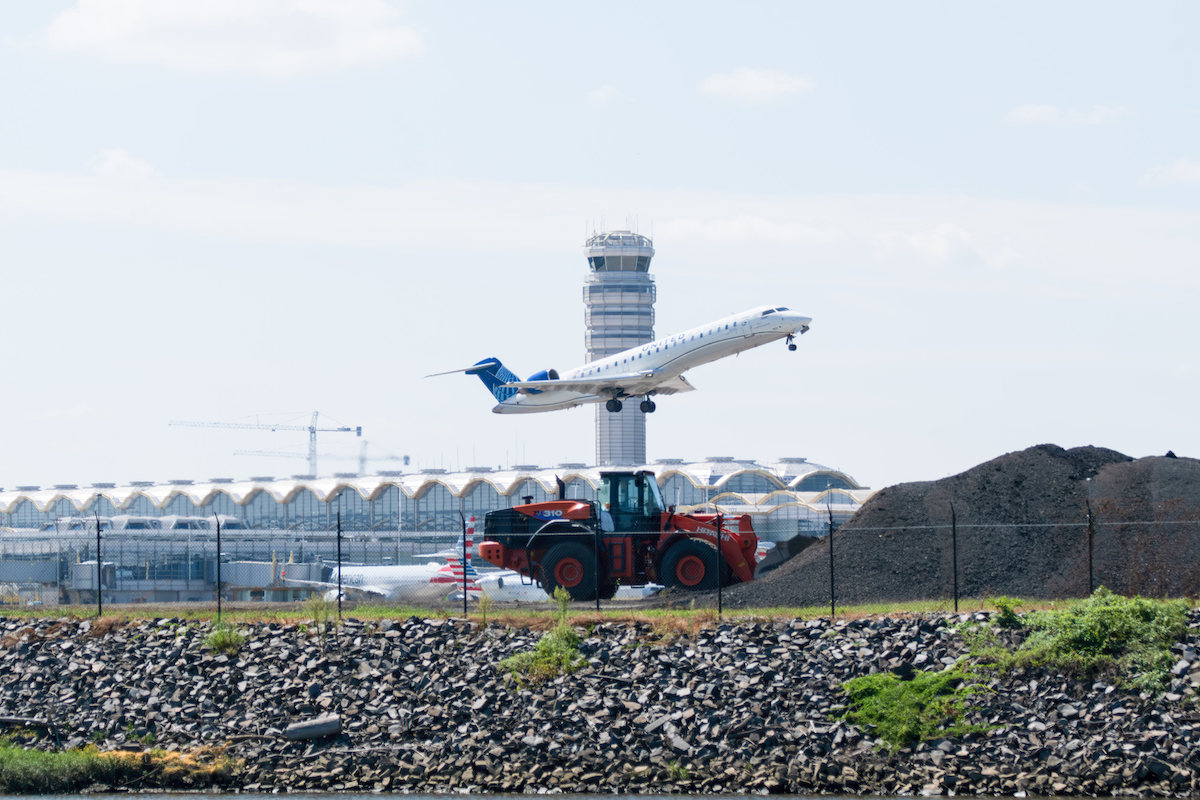Skift Take
The U.S. government needs to step up if it wants to ease the air traffic controller shortage that is snarling flights and slowing growth.
Business as usual at the Federal Aviation Administration isn’t enough to dig out of the national air traffic controller shortage affecting flights across the U.S.
A new report from the FAA found that at current hiring and training levels, the agency will only have roughly 200 more air traffic controllers in 2032 than it does today.
Hiring targets call for 1,500 new controllers this year and another 1,800 in 2024. But that will barely make for retirements and others leaving the job. It “does not adequately satisfy system needs with regard to complexity, growth, and trajectory,” the report found.
The shortage contribute to aviation safety concerns, as does increases in absenteeism and fatigue related to additional overtime among certified controllers.
Air-traffic Controller Shortage Impact on Travel
That’s all bad news for airlines and air travelers. The shortage, which the report found has been building for years, came to a head this past summer when the FAA admitted that it was short roughly 3,000 controllers nationally. The situation was more pronounced in the New York area where staffing was roughly 54% of target levels. The agency was forced to allow airlines to cut the number of flights through JFK, LaGuardia, and Newark airports by up to 10%.
But even with the flight reductions, there were numerous flight delays and cancellations at the three New York airports. United Airlines suffered a significant disruption at Newark airport that rippled out across its national network in the weeks leading up to the July Fourth holiday, and forced it to shrink its hub there. And JetBlue Airways faced more than 30 straight days of disruptions at its JFK hub in June and July.
Other airlines were also affected but not as seriously as JetBlue and United.
In September, the FAA extended the waiver allowing airlines to reduce flights at the three New York-area airports through October 2024. Airlines have already begun cutting flights, including JetBlue’s decision to end service between JFK and both Burlington, Vt., and Washington Reagan National next year.
“This is going to be a journey, especially when you factor in attrition, to get to levels we want to see,” Transportation Secretary Pete Buttigieg said in May. “I think it’ll be a while before we’re at levels we’d like to see.”
Recommendations to Cope With the Air Traffic Controller Shortage
The new report recommended a number of ways that the FAA could boost air traffic controller staffing. For one, the agency should review the training practices and expand capacity at the FAA Academy in Oklahoma City that all new air traffic control trainees attend. The report called the academy a “bottleneck” in the training process.
Another recommendation was the adoption a new air traffic controller staffing model; the current model was created in 2015.
Funding, however, is “critical,” the report said. Congress continues to debate the reauthorization of the agency’s five-year funding bill that expired at the end of September. Funding was extended at current levels through December 31 — in other words, not with the sought-after funds to hire more staff.
And a potential U.S. government shutdown in January and February could put hiring and training even further behind. JetBlue President and Chief Operating Officer Joanna Geraghty said at a U.S. Travel Association event Wednesday that a one-week government shutdown delays training by about a month, and a one-month shutdown delays it by up to a year.
The Daily Newsletter
Our daily coverage of the global travel industry. Written by editors and analysts from across Skift’s brands.
Have a confidential tip for Skift? Get in touch
Tags: air traffic control, airlines, faa, jetblue, New York, united airlines
Photo credit: The national air traffic controller shortage hit United and JetBlue the hardest this past summer. Dave MacKenzie / Flickr
